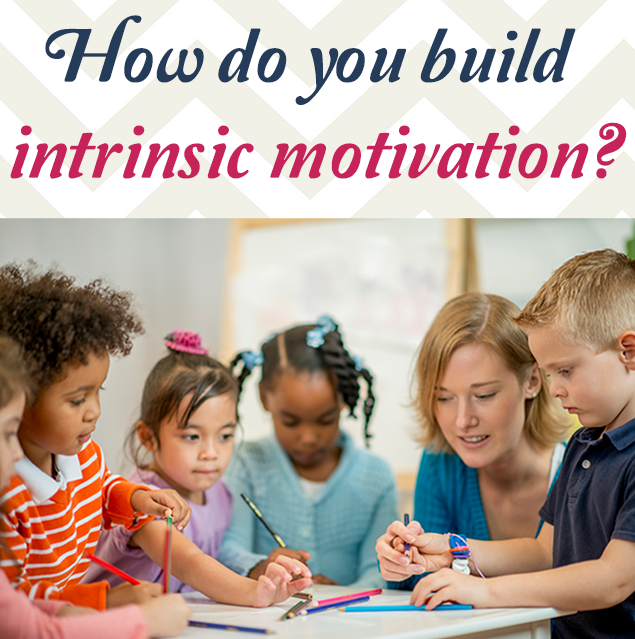Help Students Motivate Themselves
Posted by Network Support · Leave a Comment
Use these intrinsic motivational strategies to enhance learning in the classroom. Get students involved and loving learning on their own.
The concept of classroom motivation often includes strategies to provide incentives for students to do something and/or do it with greater intensity. Yet, when examined closer outside motivation is not always the best source of motivation. Motivation can also come from an inner source of satisfaction such as personal fulfillment, which can be much stronger. It is important for teachers to have instructional strategies that cater to both forms of motivation.
Extrinsic forms of motivation are where something added comes from an external agent, such as a reward from the teacher. Contrastingly, intrinsic forms of motivation consist of internal sources such as inner satisfaction or personal fulfillment. Intrinsic motivation is a goal for teachers because through it they can help students become life long learners. Intrinsic motivation will help students succeed in all areas of life no matter what the circumstances.
Here are some intrinsic/internal motivational strategies, that teachers can use in the classroom to enhance learning outcomes:
1. Self-Improvement
This form of intrinsic motivation helps students clarify their own goals and desires. Students can collaborate with the teacher to form learning goals for the semester or year. The students can then work to meet those goals. It is a more long-lasting form of motivation in the sense of satisfaction. On the flip side, it takes a lot of time to promote, and students who are used to more instant or external motivation may not trust its value.
2. Increased Responsibility
This form of motivation is successful in creating causes-and-effects between responsibility and freedom. This strategy is often used in elementary classrooms. Students can be given jobs such as door holder, line leader, or office helper for the day or week. Often times this strategy can help channel extra energy for students who tend to act out as well. When given a task or responsibility they are often more focused and enthusiastic to do well.
3. Problem-Solving and Inquiry-Based Learning
This strategy can promote greater resourcefulness and promote an emphasis on the process of learning. It also provides motivation for students when they solve the problem/reach the goal. Students can be given a question or a problem that they must solve. They can work individually or in groups to use information taught in class to solve a real world problem. This encourages the excitement and exploration of learning and increases student involvement. This form of motivation can also require a greater deal of intention and planning by the teacher.





